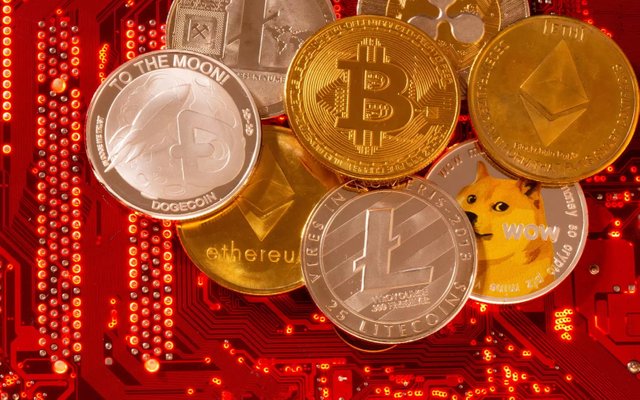What Defines A Coin’s Price?
Coin’s Price
To invest means you never should stop learning. You should keep learning new theories about markets, read new analyses of well-known traders/investors and try to understand the way they look at the market, read new books to keep us moving in the right direction….
One of the best ways to start analyzing the coin you’re about to invest in is to read its white paper. By reading the white paper you’re learning about the project, the team who are handling the project, the project’s road map, and to put it simply, you’re learning what you’re getting yourself into and the risks it can carry.
Supply And Demand
The law of supply and demand explains the interaction between buyers of a certain good or resource and sellers of that resource (We are talking about crypto market so we won’t refer to it as goods or resources and will call it coins).
Transaction Fees
Transaction fees are the main cost of using a coin to make a transaction, it’s the reward for miners who validate the transactions and help secure the blockchain.
The effect of it really depends on how much the transaction fee rises. If it rises slightly it can cause to attract more miners that will result in a faster blockchain. If it rises a lot (and I mean A LOT) it also causes more miners to mine the coin but on the other hand, it causes people to stop using the coin for transactions, or at least it reduces the amount of network’s users.
Halving
Halving refers to the event of the coins miners receive as the reward cuts in half. For example, if you used to receive 10 coins for mining blocks, after the halving you will receive 5 coins for mining a block. You may wonder how this affects the price.
